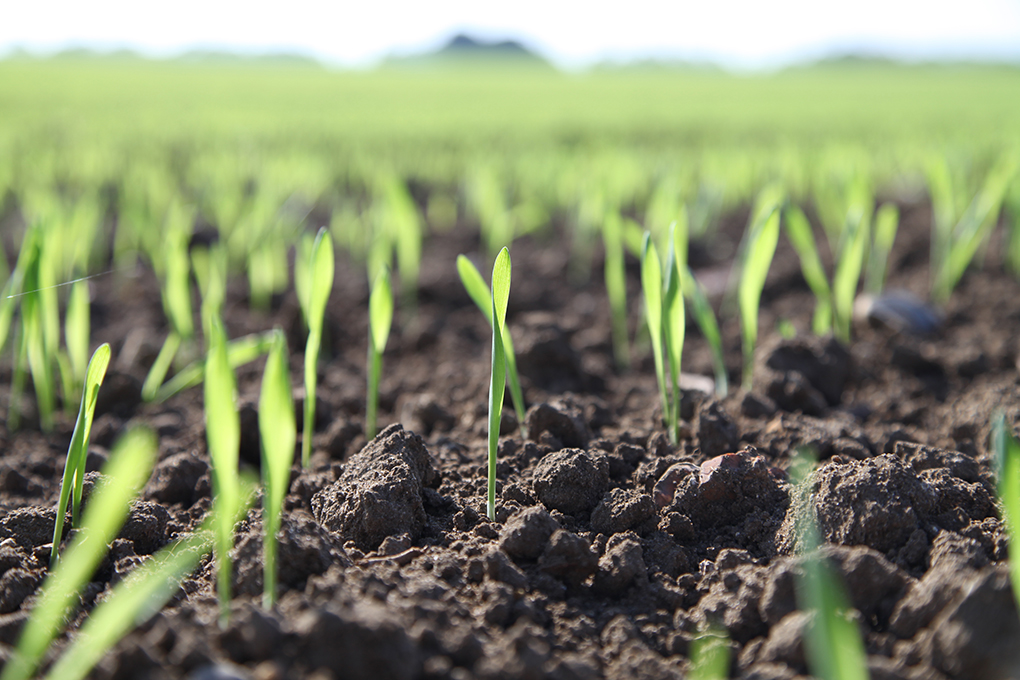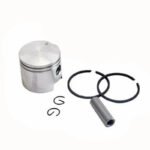
For plantation managers, estate owners, and farmers in Sri Lanka, improving crop yield is a top priority. Whether you’re managing a tea estate, rubber plantation, or a small farm, the right tools can make all the difference. From soil preparation to harvesting, using the correct equipment not only boosts productivity but also saves time, reduces labor costs, and ensures sustainability.
In this article, we’ll explore how to improve your crop yield with the right tools, focusing on tool selection, usage techniques, and maintenance tips tailored for Sri Lankan farmers. Let’s dive in!
1. The Importance of Choosing the Right Tools
The tools you use directly impact your farm’s efficiency and productivity. Here’s why selecting the right tools matters:
- Saves Time: Efficient tools reduce the time spent on manual labor.
- Reduces Costs: High-quality tools last longer, minimizing replacement expenses.
- Improves Crop Health: Proper tools ensure better soil preparation, planting, and harvesting, leading to healthier crops.
- Boosts Yield: The right tools help you maximize output and profitability.
Investing in the right tools is a small step that can lead to significant improvements in your crop yield.
2. Essential Tools for Different Farming Needs
Different stages of farming require specific tools. Here’s a breakdown of essential tools for each stage:
Soil Preparation Tools
- Plows and Tillers: Break up soil, improve aeration, and prepare the ground for planting.
- Hoes and Rakes: Remove weeds, level soil, and create seedbeds.
Planting Tools
- Seeders: Ensure uniform seed distribution and proper spacing.
- Transplanters: Help plant seedlings efficiently without damaging roots.
Irrigation Tools
- Drip Systems: Deliver water directly to plant roots, reducing waste.
- Sprinklers: Provide even water distribution for larger areas.
Harvesting Tools
- Sickles and Pruning Shears: Ideal for cutting crops and trimming plants.
- Harvesters: Speed up the harvesting process for large-scale farms.
Using the right tools at each stage ensures smooth operations and optimal crop growth.
3. How to Select the Right Tools for Your Farm
Choosing the right tools depends on your specific needs. Here’s how to make the best selection:
Assess Your Needs
- Crop Type: Different crops require different tools (e.g., tea bushes need pruning shears, while paddy fields need plows).
- Farm Size: Larger farms may benefit from mechanized tools, while smaller farms can rely on manual tools.
- Labor Availability: If labor is limited, invest in tools that reduce manual effort.
Prioritize Quality Over Quantity
- Invest in durable, high-quality tools that last longer and perform better.
- Avoid cheap, low-quality tools that may break easily and require frequent replacements.
Opt for Multi-Purpose Tools
- Choose tools that can perform multiple tasks, such as hand tractors with attachments for plowing, tilling, and transporting.
By selecting the right tools, you can maximize efficiency and reduce costs.
4. Proper Usage Techniques to Maximize Efficiency
Using tools correctly is just as important as selecting them. Here are some usage techniques to improve efficiency:
Soil Preparation
- Use plows and tillers to aerate soil and improve nutrient absorption.
- Remove weeds and level the soil to create a smooth seedbed.
Planting
- Follow spacing guidelines to avoid overcrowding and ensure proper growth.
- Use seeders for uniform seed distribution and transplanters for delicate seedlings.
Irrigation
- Schedule watering based on crop needs and weather conditions.
- Use drip systems or sprinklers to conserve water and ensure even distribution.
Harvesting
- Use sharp tools to minimize crop damage and ensure clean cuts.
- Harvest at the right time to maximize yield and quality.
Proper usage techniques ensure that your tools deliver the best results.
5. Maintenance Tips for Long-Lasting Tools
Regular maintenance extends the life of your tools and ensures consistent performance. Follow these tips:
Clean Tools After Use
- Remove dirt and debris to prevent rust and damage.
- Wash and dry tools before storing them.
Store Tools Properly
- Keep tools in a dry, secure place to protect them from the elements.
- Use tool racks or hooks to organize and prevent damage.
Inspect and Repair Regularly
- Check for wear and tear, and replace or repair parts as needed.
- Sharpen blades and oil moving parts to maintain functionality.
A little maintenance goes a long way in ensuring your tools last for years.
6. Case Study: Success Stories from Sri Lankan Farmers
Many Sri Lankan farmers have successfully improved their crop yield by using the right tools. Here’s an example:
- Tea Estate in Nuwara Eliya: A tea estate manager invested in high-quality pruning shears and drip irrigation systems. By using these tools correctly, they reduced labor costs, improved tea leaf quality, and increased yield by 20%.
These success stories highlight the importance of selecting and using the right tools.
7. Where to Find the Right Tools in Sri Lanka
Finding high-quality, affordable tools is easier than ever. At Lakparts.com, we offer a wide range of farming tools designed to meet the needs of Sri Lankan farmers. From soil preparation to harvesting, our tools are durable, efficient, and cost-effective.
8. Conclusion
Improving your crop yield starts with selecting and using the right tools. By investing in quality equipment, following proper usage techniques, and maintaining your tools regularly, you can maximize productivity and profitability.
Ready to take your farming to the next level? Visit Lakparts.com to explore our range of farming tools and start boosting your crop yield today!




